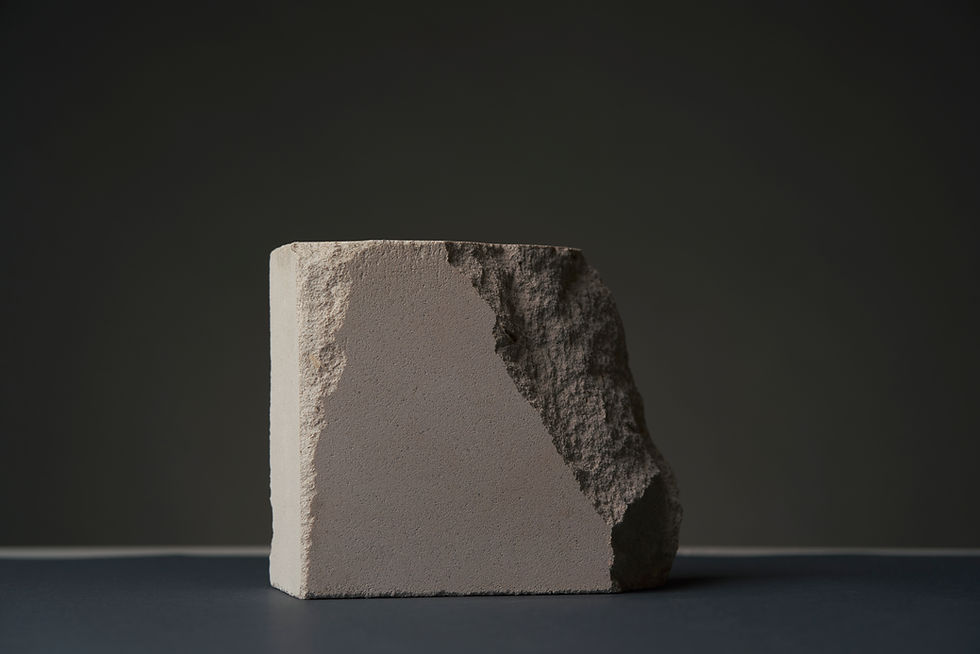DIGITALIZATION AND INNOVATIVE APPROACHES IN CONCRETE
- Safa Turna

- Aug 2, 2023
- 2 min read
Concrete is one of the most important materials in the construction industry. The quality, durability and performance of concrete are vital for the safety, economy and aesthetics of buildings. For this reason, concrete technology is constantly undergoing research and development, and new materials, methods and designs are emerging.
One of the latest developments in concrete technology is digitalization and innovative approaches. In this context, smart solutions are being developed for the production, application, control and maintenance of concrete. Thanks to these solutions, the quality and efficiency of concrete is improved, costs and environmental impacts are reduced, and occupational safety and convenience are ensured.
Examples of digitalization and innovative approaches in concrete technology include
- Nano materials and nanotechnology: Nano-sized materials are used to improve the internal structure of concrete, increase its durability and impart special properties. For example, materials such as nano silica, nano iron oxide, nano titanium dioxide are added to concrete to improve its mechanical, chemical and physical properties.
- Self-cleaning/self-repairing concrete: Special materials added to the surface or inside of concrete enable it to clean or repair itself. For example, titanium dioxide-added concrete cleans itself by breaking down dirt under sunlight, while bacteria-added concrete repairs itself by filling cracks with calcium carbonate.
- Smart concrete: The behavior of concrete is monitored and controlled by sensors or fibers embedded in the concrete. For example, carbon fiber concrete conducts electric current to measure concrete stress or damage, while piezoelectric fiber concrete generates energy by converting mechanical energy into electrical energy.
- 3D printable concrete: 3D printers are used to shape concrete layer by layer to produce structures in the desired form. This method saves time, labor and materials, and enables the construction of structures with complex geometries.
- Artificial intelligence applications in concrete: Artificial intelligence algorithms are utilized for the design, production, application and maintenance of concrete. For example, artificial neural networks are used to predict the composition and strength of concrete, machine learning is used for quality control of concrete, and deep learning is used for damage detection.
Digitalization and innovative approaches in concrete technology are important factors shaping the future of concrete. Research and development activities in this field reveal the potential of concrete and contribute to the construction industry.





Comments